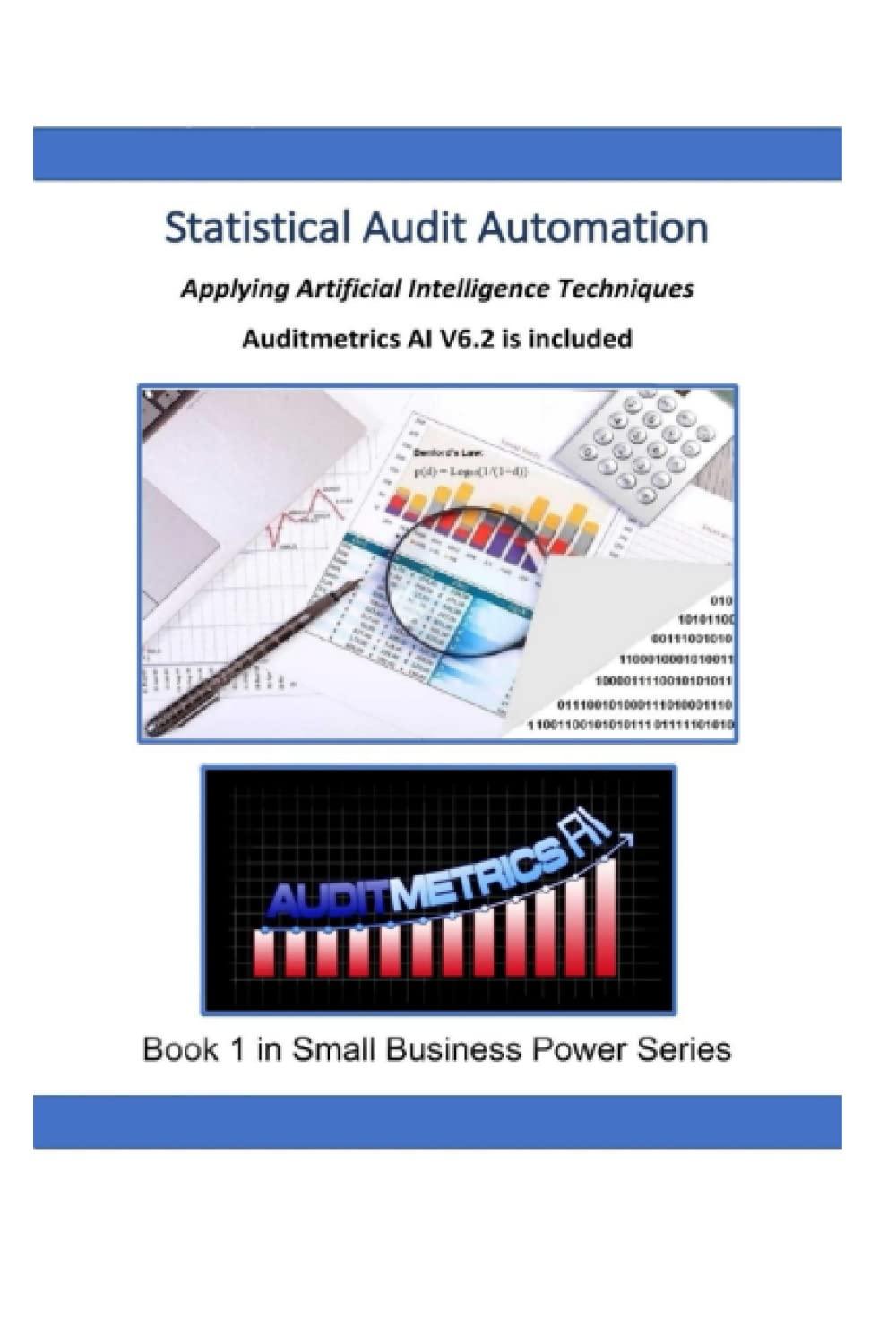Question
On March 1, 2014, Sealy Company sold its 5-year, $1,000 face value, 9% bonds dated March 1, 2014, at an effective annual interest rate (yield)
On March 1, 2014, Sealy Company sold its 5-year, $1,000 face value, 9% bonds dated March 1, 2014, at an effective annual interest rate (yield) of 11%. Interest is payable semiannually, and the first interest payment date is September 1, 2014. Sealy uses the effective-interest method of amortization. Bond issue costs were incurred in preparing and selling the bond issue. The bonds can be called by Sealy at 101 at any time on or after March 1, 2015.
1. How would the selling price of the bond be determined?
2. Specify how all items related to the bonds would be presented in a balance sheet prepared immediately after the bond issue was sold.
3. What items related to the bond issue would be included in Sealy's 2014 income statement, and how would each be determined?
4. Would the amount of bond discount amortization using the effective-interest method of amortization be lower in the second or third year of the life of the bond issue? Why?
5. Assuming that the bonds were called in and redeemed on March 1, 2015, how should Sealy report the redemption of the bonds on the 2015 income statement?
Step by Step Solution
There are 3 Steps involved in it
Step: 1

Get Instant Access to Expert-Tailored Solutions
See step-by-step solutions with expert insights and AI powered tools for academic success
Step: 2

Step: 3

Ace Your Homework with AI
Get the answers you need in no time with our AI-driven, step-by-step assistance
Get Started


